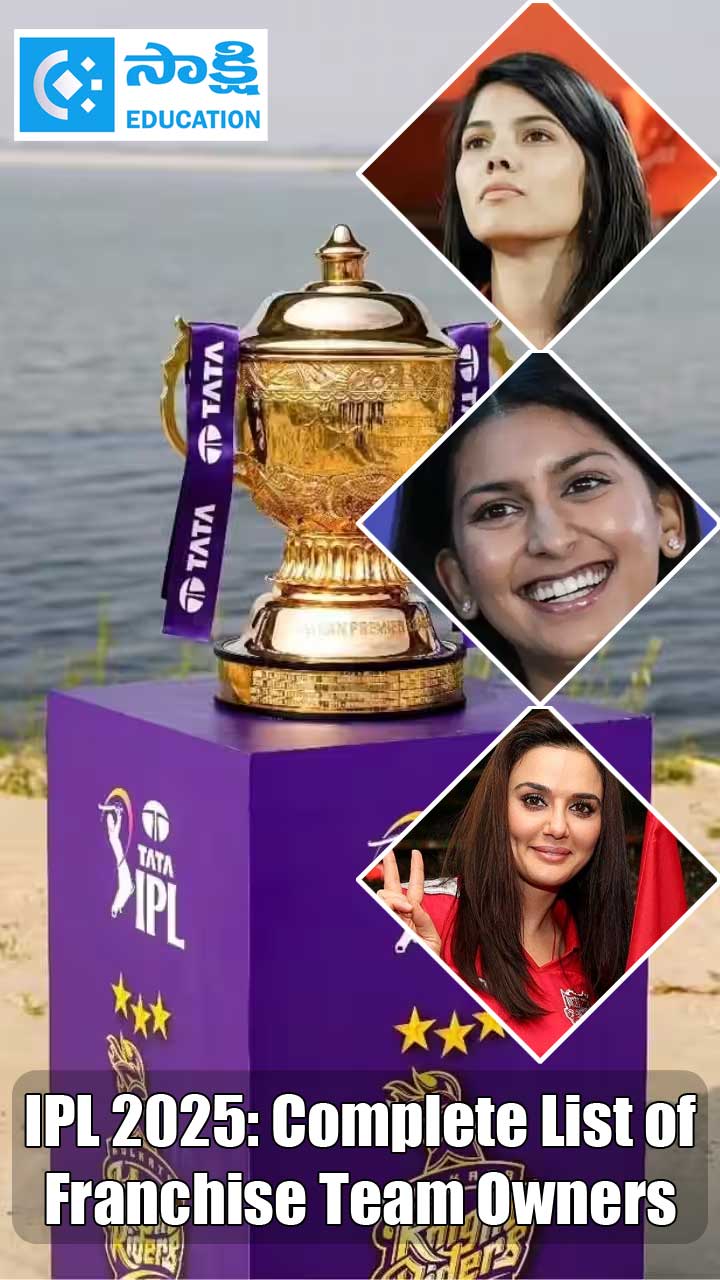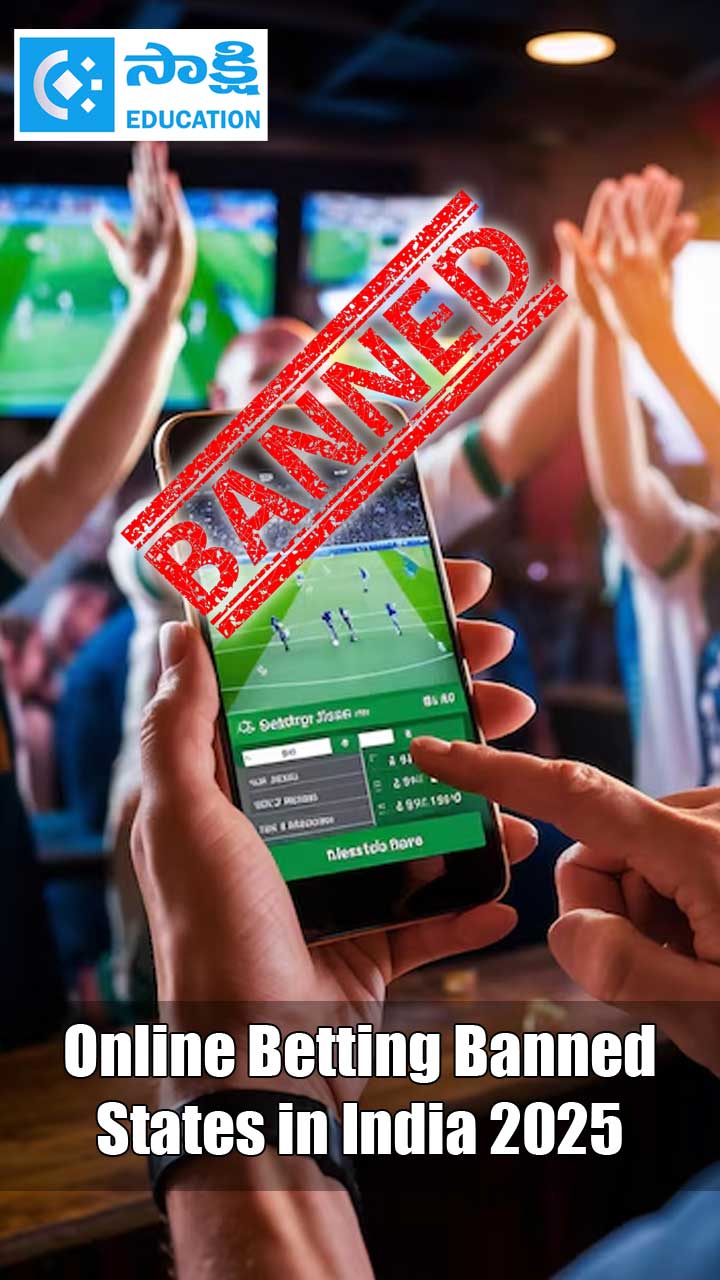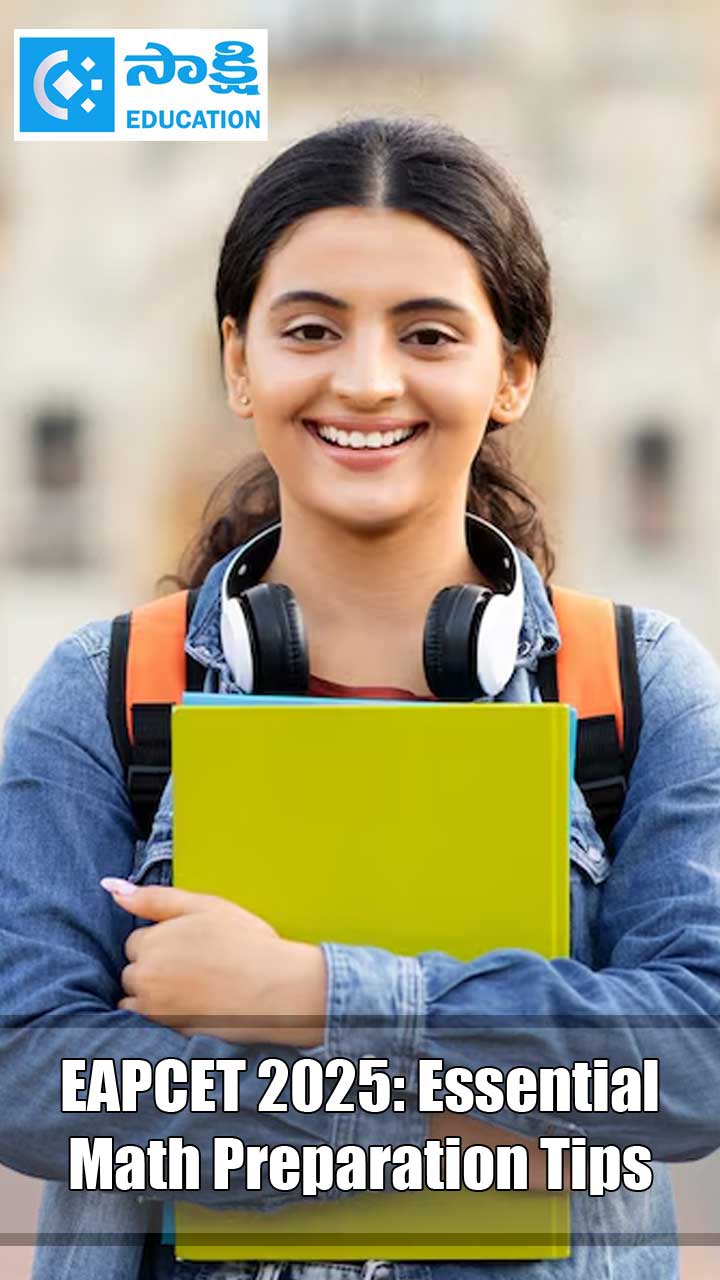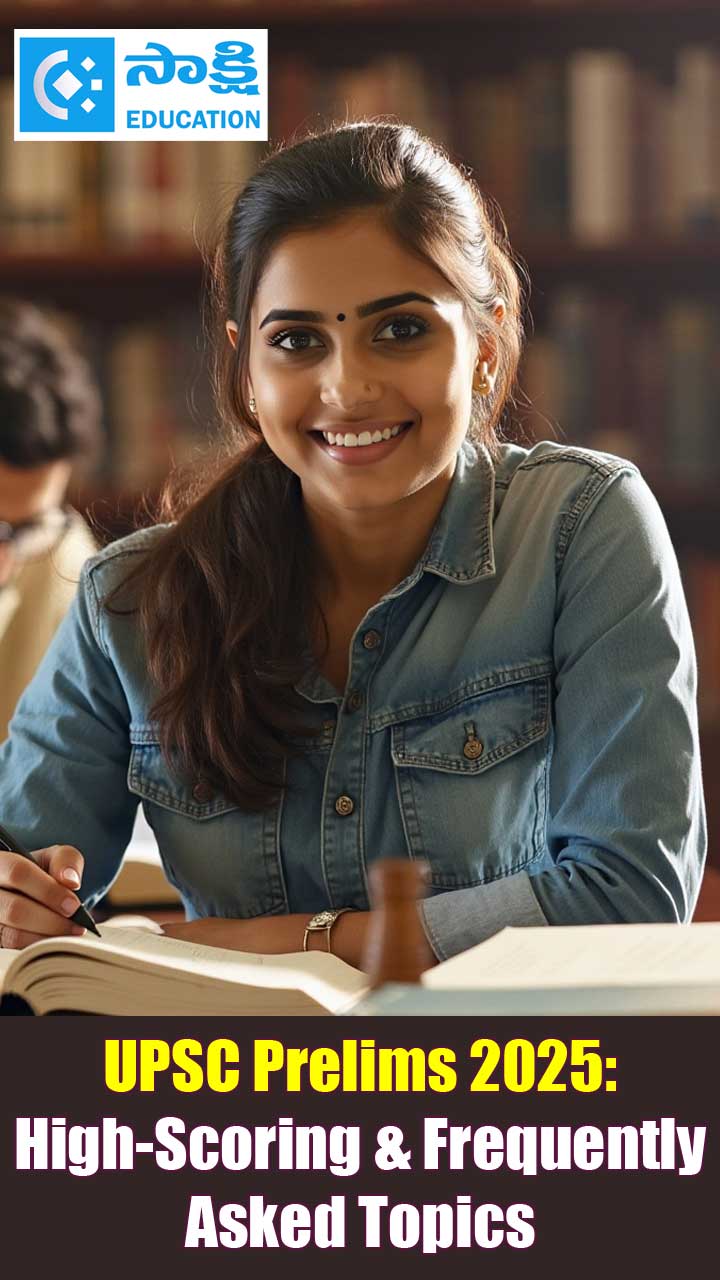Technical Education in India by Prof. DV Singh (IIT)
Sakshi Education

Evolution of University Education
In Europe, the expression ‘Studium Generale’ indicated what we today understand as University. A ‘Studium Generale’ was expected to have an assembly of many teachers and students drawn from many places and also to have many subjects of instruction and discussions. The oldest ‘Studium Generale’ in Europe date from the beginning of the 12th Century. To name them, Bologna, Reggia, Montpellier, Paris and Oxford.
The Latin word ‘Universitas’ meant corporation or guild in middle ages. In medieval Europe Universitas indicated the association of businessmen, teachers, students, scholars, etc. The word ‘University’ is derived from Universitas.
In India the Budhist developed similar Studium Generale or University institutions several hundred years before they appeared in Europe. The Budhist Viharas developed into bigger institutions in which the subjects of instructions were gradually liberalized to include grammar, philosophy, medicine, arts and sciences. The Monasteries with their complex structure and management became a veritable workshop and a school of arts and crafts. Budhist monastic institutions developed as Universities. To name some of them Nalanda, Vallabhi, Vikramshila, Odantapuri, Jagaddala, Mithila, Ranchi, etc. However, these Universities disappeared due to decline of Budhism in India.
Establishment of Universities
In July 1854, the Court of Directors of the East India Company sent a Dispatch to the Governor General of India in the Council suggesting the establishment of Universities in the three Presidencies. In pursuance of the Dispatch, the Universities of Calcutta, Madras and Bombay were founded in 1857. At that time, they were purely examining bodies concerned mainly with instituting degrees and framing rules and regulations for examinations leading to degrees. Their scope covered all branches of learning involving intellectual efforts worthy of recognition by a University. They established faculties and instituted degrees in traditional areas like arts, science, law, etc. and also in medicine and engineering.
It was left to colleges to enroll students, organize teaching and seek affiliation with the university degrees. For engineering, Calcutta and Bombay Universities aimed higher and instituted Master of Civil Engineering (M.C.E) degree for which a B.A. degree was prerequisite. Madras University more realistically instituted, in addition to M.C.E., a lower degree called Graduate in Civil Engineering (GCE) for which prerequisite qualification was matriculation. The three engineering colleges at Calcutta, Madras and Poona were duly affiliated to the Universities of their Presidencies.
The ground reality of the needs of engineering education and the unchartered waters of academic aspects through which the colleges were required to steer, did not match the expectations of the Universities. The Colleges continued to produce engineering personnel at two levels, officers and subordinates with great efficiency. If the Universities did not consider the engineer officer worthy of university degrees, the college certificates were valuable enough. There were no takers for the MCE degree. Therefore, Calcutta and Bombay Universalities like Madras University, instituted a lower degree of L.C.E. From 1864, the graduates of engineering colleges at Calcutta Poona and Madras received university degrees, LCE and BCE.
The University of Allahabad was established in 1887 and the Punjab University in 1892. The Roorkee College was affiliated to Calcutta University in 1864 and to Allahabad University in 1894. These affiliations appear to have remained only notional as there is no record of Roorkee students going for university examination. The affiliation with Allahabad University ended in 1905.
Status of Technical Education (1884-85)
Sir MacDonnell’s Memorandum prepared in 1886 on the existing state and future prospects of technical education had nothing much to notice except the four engineering colleges, three schools of industrial art and about forty five lower grade industrial schools. The following enrollment status during 1884-85 was reported:
In Europe, the expression ‘Studium Generale’ indicated what we today understand as University. A ‘Studium Generale’ was expected to have an assembly of many teachers and students drawn from many places and also to have many subjects of instruction and discussions. The oldest ‘Studium Generale’ in Europe date from the beginning of the 12th Century. To name them, Bologna, Reggia, Montpellier, Paris and Oxford.
The Latin word ‘Universitas’ meant corporation or guild in middle ages. In medieval Europe Universitas indicated the association of businessmen, teachers, students, scholars, etc. The word ‘University’ is derived from Universitas.
In India the Budhist developed similar Studium Generale or University institutions several hundred years before they appeared in Europe. The Budhist Viharas developed into bigger institutions in which the subjects of instructions were gradually liberalized to include grammar, philosophy, medicine, arts and sciences. The Monasteries with their complex structure and management became a veritable workshop and a school of arts and crafts. Budhist monastic institutions developed as Universities. To name some of them Nalanda, Vallabhi, Vikramshila, Odantapuri, Jagaddala, Mithila, Ranchi, etc. However, these Universities disappeared due to decline of Budhism in India.
Establishment of Universities
In July 1854, the Court of Directors of the East India Company sent a Dispatch to the Governor General of India in the Council suggesting the establishment of Universities in the three Presidencies. In pursuance of the Dispatch, the Universities of Calcutta, Madras and Bombay were founded in 1857. At that time, they were purely examining bodies concerned mainly with instituting degrees and framing rules and regulations for examinations leading to degrees. Their scope covered all branches of learning involving intellectual efforts worthy of recognition by a University. They established faculties and instituted degrees in traditional areas like arts, science, law, etc. and also in medicine and engineering.
It was left to colleges to enroll students, organize teaching and seek affiliation with the university degrees. For engineering, Calcutta and Bombay Universities aimed higher and instituted Master of Civil Engineering (M.C.E) degree for which a B.A. degree was prerequisite. Madras University more realistically instituted, in addition to M.C.E., a lower degree called Graduate in Civil Engineering (GCE) for which prerequisite qualification was matriculation. The three engineering colleges at Calcutta, Madras and Poona were duly affiliated to the Universities of their Presidencies.
The ground reality of the needs of engineering education and the unchartered waters of academic aspects through which the colleges were required to steer, did not match the expectations of the Universities. The Colleges continued to produce engineering personnel at two levels, officers and subordinates with great efficiency. If the Universities did not consider the engineer officer worthy of university degrees, the college certificates were valuable enough. There were no takers for the MCE degree. Therefore, Calcutta and Bombay Universalities like Madras University, instituted a lower degree of L.C.E. From 1864, the graduates of engineering colleges at Calcutta Poona and Madras received university degrees, LCE and BCE.
The University of Allahabad was established in 1887 and the Punjab University in 1892. The Roorkee College was affiliated to Calcutta University in 1864 and to Allahabad University in 1894. These affiliations appear to have remained only notional as there is no record of Roorkee students going for university examination. The affiliation with Allahabad University ended in 1905.
Status of Technical Education (1884-85)
Sir MacDonnell’s Memorandum prepared in 1886 on the existing state and future prospects of technical education had nothing much to notice except the four engineering colleges, three schools of industrial art and about forty five lower grade industrial schools. The following enrollment status during 1884-85 was reported:
| Name of College | University Level | School Level | Total |
| Civil Engineering College, Madras | 19 | 106 | 125 |
| College of Science, Poona | 102 | 77 | 179 |
| Government Engineering College, Howrah | 42 | 107 | 149 |
| Thomason College of Civil Engineering, Roorkee | 155 | - | 155 |
| TOTAL | 318 | 290 | 608 |
Sir MacDonnell reported that a few more Survey Schools were functioning during the period in Hyderabad (Sind)
Growth of Technical Education
On the recommendation of the Engineering Personnel Committee, which was appointed by the Planning Commission in 1955, the Government of India initially decided to establish eight Regional Engineering Colleges (Rocs). In order to provide each State with a Regional Engineering College, seven more were approved for establishment during the Third Plan period, bringing the total number of RECs to fifteen by 1972. Two more were added later, one in Jullandhar (1985) and the other in Hamirpur (1989).
The Technical Teacher Training (TTT) programme, which was started in the late Fifties, resulted in creation of a large pool of dedicated teachers. After the TTT programme was phased out, the Quality Improvement (QIP) for improving the quality of technical education and developing the faculty of engineering institutions was launched by the Government of India in 1970. This programme is operated in 25 engineering/technical institutions; seven of them are major QIP centres and eighteen are minor centres. This programme provides opportunity for continuous upgrading of knowledge and skills of persons who are already in the teaching profession. Over the years a large number of faculties acquired higher degrees from leading institutions in the country under the programme.
In order to assess the impact of foreign technical assistance on the development of technical education in India and to determine the areas needing to be further developed and supported through the foreign technical assistance programme, the Government of India appointed a Committee under the chairmanship of Y. Nayudamma (1978). Another Committee also under the chairmanship of Nayudamma was constituted at about the same time to review the postgraduate education research in engineering and technology and make recommendations for further development. Whereas, little is known about the outcome of the former, several recommendations of the latter were implemented.
The National Policy on Education (NPE 1986) was a major development in the field of education. NPE came out at a time when the role and impact of private institutions imparting technical education were not known or even perceived. NPE was, therefore silent on this aspect and so was the resulting Programme of Action (POA 1992).
Postgraduate Education in Engineering and Technology
The postgraduate education in engineering and technology in India had a late start. The postgraduate programmes in the country started in a few institutions in early 1950’s but the doctoral programmes were not common until early 1960’s. The recommendations of the Thacker Committee (1959-61) and of the Nayudamma Committee (1978-79) played a role in the development of the postgraduate education. These Committees were constituted by the then Ministry of Education and their reports were submitted directly to the Ministry for perusal and action.
Later a Review Committee on Postgraduate Education in Engineering was constituted by AICTE in 1995 under the chairmanship of P. Rama Rao, which submitted its Report to AICTE in 1999. The actions on this Report have been slow and sporadic. The postgraduate education in India remains weak and needs urgent attention. With a weak postgraduate education in engineering, the technology base will be weak and India will not be able to become a front runner in the field of technology, industrial productivity and the service sector, which determine the growth and development of the country.
Rama Rao Committee Report
Rama Rao Committee supported the ‘GATE’ system of admission, recommended the increase of the duration of M.E./M.Tech programme from 18 months to 21 months, and enhancing the scholarship to postgraduate students, with a provision of its periodic review. The duration of the programme was, however increased to 24 months.
Expansion of Technical Education and the Private Sector
The technical education in India has expanded enormously. The quality of education however, is a major concern. The AICTE website gives the following statistics of the approved technical institutions.
Intake in UG Engineering/Diploma Engineering (Source AICTE Website)
| Region | Number of States | Engineering/Diploma | |
| NOI | Intake | ||
| Central | 03 | 112/ 101 | 37195/ 23741 |
| Eastern | 12 | 114/ 146 | 34016/ 22905 |
| Northern | 03 | 106/ 117 | 32298/ 15689 |
| North-West | 06+1UT | 153/ 130 | 50645/ 30206 |
| Southern | 03 | 496/ 315 | 165757/ 79675 |
| South-West | 02 | 207/ 254 | 70788/ 48600 |
| Western | 2+1UT | 158/ 181 | 48990/ 44600 |
| TOTAL | 1346/ 1244 | 439689/ 265414 | |
More IITs are planned, Joshi Committee short-listed seven institutions to be considered for raising them to the level of IITs. The Anandakrishnan Committee did a detailed exercise which included visits to the seven institutions and submitted its report to MHRD in February 2006. Later MHRD constituted another Committee to submit recommendations on the suitability of the sites proposed by three States to establish three new IITs. Time has come for policy makers to look beyond IITs when new institutions requiring huge investments are being planned.
Some issues in Technical Education
The following is a list of issues in technical education, in no particular order, which need attention.
- The governance structures of engineering institutions
- Expansion of engineering education and quality issues
- Systems of regulation and their efficacy to ensure norms and standards of technical education; in what way they have succeeded and in what way they have not?
- Admission policies and processes
- Shortage of teaching faculty
- Availability of good text-books and other learning materials
- Teaching and learning in electronic environment
- Laboratory practices
- Computer and communication skills of students
- Entrepreneurship training and skills as part of curricula
- Role and initiatives of industries in engineering education
- Quality of teaching and research
- Accreditation of courses/ programmes and mobility of students with credit transfers
- Actual cost of technical education and how can it be reduced and what should be the price of education which students should pay
- Collaboration with foreign Universities/Laboratories
- Exchange of students and faculty
- Mutual arrangements to utilize sabbatical leaves
- Mutual arrangements for Credit Transfers
- Joint R&D programmes with foreign Universities including international bidding for contract research
- Issues related to regulatory measures of AICTE, UGC and MHRD regarding tie-ups with foreign institutions.
Published date : 25 Nov 2011 06:44PM



















